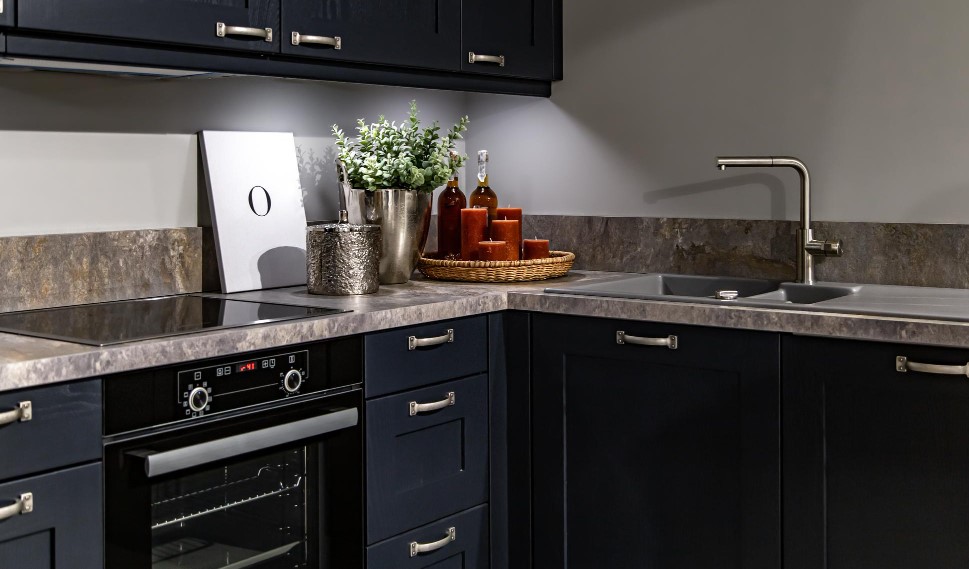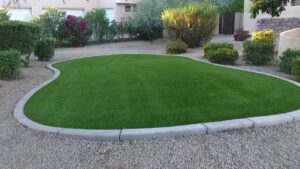Maria had just moved into her new apartment in Copenhagen, Denmark. The space was small, yet it radiated warmth and simplicity—traits she had admired from afar but never truly understood until she experienced it firsthand. The kitchen, in particular, stood out to her. The light wood floors, minimalist cabinetry, and sleek countertops made the space feel open and inviting. There was a unique blend of functional design and understated beauty. This was her first real taste of Scandinavian design, and she was hooked.
In the following weeks, Maria started incorporating elements of Scandinavian design into her own kitchen back home. She found that achieving this look wasn’t just about the right colors or furniture—it was about creating a space that felt calm, organized, and connected to nature. If you’re dreaming of transforming your kitchen into a Scandinavian-inspired haven, you’re in the right place. Let’s dive into how you can do it—starting with the most important elements of Scandinavian kitchen decor.
1. The Beauty of Light and Neutral Colors
Scandinavian design is known for its use of light, neutral colors. In a region where winters are long and dark, bringing in light and airy colors helps create an inviting and uplifting atmosphere indoors. When it comes to your kitchen, incorporating shades of white, gray, pale wood, and light pastels is a great way to begin.
Why Light Colors Work:
Lighter colors create a sense of space and make a kitchen feel bigger and brighter. This is especially important for smaller Scandinavian kitchens, which are often designed to maximize functionality without sacrificing style. The use of white and neutral tones in cabinetry, walls, and flooring helps reflect light, making the room feel open and airy.
Stats Insight:
According to a 2023 report by Pantone Color Institute, 60% of homeowners are embracing neutral shades like whites, grays, and light beiges in their kitchens, inspired by Scandinavian minimalism.
2. Natural Materials and Textures
In Scandinavian design, natural materials are a key component. From wooden furniture to stone countertops, the goal is to bring elements of nature inside to create a calm, soothing atmosphere. For your kitchen, wood is a versatile material that works well for cabinets, shelves, and even flooring.
Countertops play a critical role in Scandinavian kitchens, and choosing the right material can enhance the overall aesthetic. Consider kitchen granite countertops as an option. Granite is not only durable but also adds a natural, elegant feel to your kitchen. When paired with wood or light-colored cabinetry, granite countertops create a beautiful contrast that maintains a balanced, minimalist look.
Why Natural Materials Matter:
Scandinavian design is deeply rooted in the idea of connecting with nature. Incorporating natural materials like wood, stone, and marble into the kitchen helps maintain that connection. Wood in particular adds warmth, while stone surfaces like granite offer a sleek, sophisticated touch. This combination ensures that your kitchen feels cozy yet modern.
Stats Insight:
A survey by Houzz in 2022 revealed that 42% of homeowners were choosing natural materials like granite and marble for kitchen countertops to enhance the aesthetic and functionality of their space.
3. Minimalist, Functional Design
One of the hallmarks of Scandinavian design is minimalism. This design philosophy emphasizes clean lines, simple forms, and functionality. In the kitchen, this means avoiding clutter and focusing on what is essential. A Scandinavian kitchen should feel serene and organized, with every item serving a purpose.
When choosing kitchen granite countertops or other surfaces, opt for designs that don’t overwhelm the space. Choose sleek, simple patterns or solid colors that complement the rest of your kitchen’s decor. The goal is to have a design that feels cohesive and balanced, with every element serving a functional purpose.
Why Minimalism Works:
Minimalism reduces visual clutter, which is crucial for creating a calm and peaceful atmosphere. By focusing on essential items and keeping surfaces clean, you can prevent your kitchen from feeling overwhelming. Minimalism also makes maintenance easier, as fewer items mean less to clean and organize.
Stats Insight:
A study by National Kitchen & Bath Association in 2023 showed that 75% of kitchen remodels focused on maximizing functionality with minimalist designs, reflecting the ongoing trend of Scandinavian-inspired kitchens.
4. Smart Storage Solutions
In Scandinavian design, storage is crucial. Many Scandinavian kitchens are designed with clever storage solutions that help keep countertops clear and maintain an organized space. For a kitchen that feels open and serene, it’s important to hide away unnecessary items and only showcase what’s essential.
Cabinets with clean lines, open shelving, and drawers that pull out easily are ideal for Scandinavian kitchens. When it comes to storing kitchen essentials like spices, utensils, and cookware, look for functional yet stylish solutions that align with the minimalistic design of your space.
Under-counter storage or open shelving is a great way to keep things organized while still maintaining a sense of openness. When choosing materials for storage, consider wood or metal options that complement your granite countertops and other surfaces.
Stats Insight:
A 2022 study by The Spruce found that 55% of homeowners ranked kitchen storage as a top priority during renovations, with many opting for Scandinavian-inspired storage solutions like open shelving and pull-out cabinets.
5. Warmth with Wood Elements
Wood is a quintessential part of Scandinavian interiors. Whether it’s in the form of cabinetry, flooring, or decor, wood brings a sense of warmth and natural beauty to any space. For your kitchen, consider using light wood for your cabinets or shelving. Oak, birch, or ash are common wood choices that complement a Scandinavian style.
Pairing wooden elements with granite countertops adds texture and depth to your kitchen design. The contrast between the sleekness of granite and the organic feel of wood creates a balanced and inviting atmosphere.
Why Wood Works:
Wood has an inherent warmth that can soften the cold, minimalist look that’s common in Scandinavian design. It also brings a natural, earthy element into your space, which connects the indoors with the outdoors. Light wood is especially effective in Scandinavian kitchens, as it keeps the space feeling light and airy.
6. Scandinavian Lighting
Good lighting is essential in Scandinavian design. With long, dark winters, Scandinavian countries have learned the importance of light in creating a cozy and welcoming atmosphere. Lighting is often layered to provide both functionality and mood.
In the kitchen, pendant lights over the island or dining table are a great way to add style and provide ample light for cooking and socializing. You can also incorporate under-cabinet lighting to enhance the granite countertops and create a soft glow throughout the space.
Conclusion: Creating Your Scandinavian Kitchen
Achieving a Scandinavian-inspired kitchen design isn’t just about choosing the right materials or colors—it’s about creating a space that feels calm, functional, and connected to nature. By focusing on light, neutral colors, natural materials like kitchen granite countertops, and minimalist design, you can transform your kitchen into a Scandinavian haven. Incorporate smart storage solutions, warm wood elements, and plenty of lighting to complete the look. And don’t forget to add a touch of greenery to bring your kitchen to life. With these tips, you’ll be well on your way to achieving the serene, stylish Scandinavian kitchen of your dreams.






